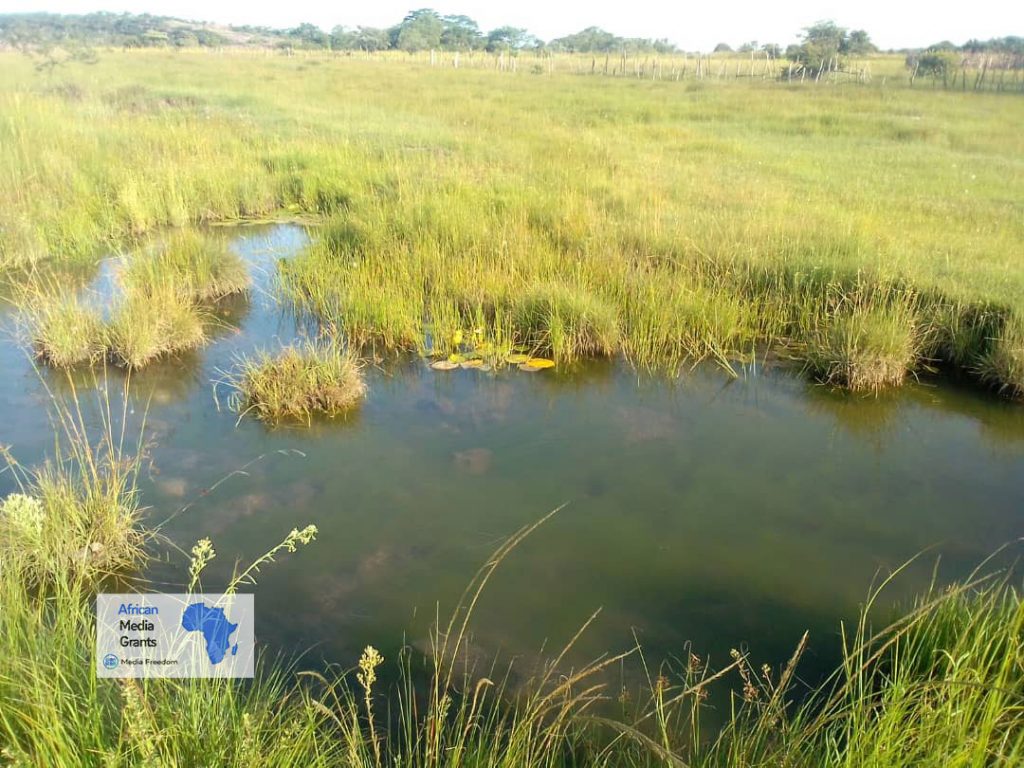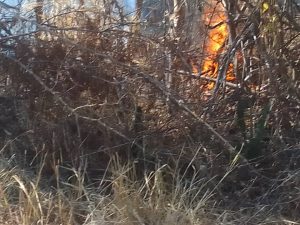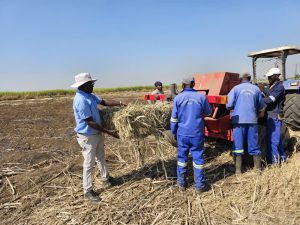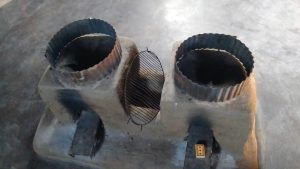ECC Champion
Wetland degradation and, in some cases, complete wetland loss has become a major environmental issue of concern in both rural and urban areas.
Over the years, Zimbabwe’s wetlands in most communal and resettlement areas have been slowly drying up and subsequently disappearing due to such unsustainable activities as overgrazing and cultivation coupled with climate change.
Wetlands in Zimbabwe have come under increasing pressure as the demand for housing has gone up with local authorities allocating housing units in these natural resources.
The government has since ordered the removal of people settled on wetlands.
According to Zimbabwe’s Wetlands Identification Guide Book, vegetation is a potential good indicator of the wetland condition in respect to hydrology and soil fertility and hence can be used as a quick indicator.
Only specific plant species can handle the oxygen deprived conditions present in wetlands.
Some plants are normally found only in wetlands, such as cattails, sedges, and water lilies, while others can be found both inside and outside of wetlands.
Water lilies (mahapa)
Are clump forming perennial with thick, black, spongy, tuberous rhizomes anchored in the mud by spreading roots. The leavesare on long petioles (leaf stalks) that arise directly from the rhizome. They are large and flat, rounded or oval in shape with notched margins, up to 40 cm in diameter.
Their flowers are large, elegant blue flowers held well above the water at the tip of a sturdy green stalk and appear almost constantly from spring until the end of summer (September to February). Other colour forms include white, mauve and pink, but blue is the most common. The flowers open in early to mid-morning and close completely in late afternoon and stay closed all night.
Cat-tail (Mubungwe, Mutakata)
Is a monoecious, perennial marsh herb which has a very fast colonizing habit by means of creeping rhizomes. The stemsare erect and simple, and terminate in dense, cylindrical flower-spikes. The leavesare long, bluish grey to green, strap-shaped and with parallel veins. Leaves vary in length from 0.5 to 1.5 m and more. The inflorescenceis a dense spike of closely packed flowers, yellow at first, turning brown later. Flowers are unisexual and minute. The male flowers are in the upper portion and female flowers in the lower portion of the spike. The fruitis 1-seeded, minute and has many hairs which aid wind dispersal. It flowers from December to January.
Water primrose
Is an aquatic or sub-aquatic perennial herb that may be emergent, may be anchored, with horizontal extensions over the water surface, or may be free floating. Its leavesare alternate, oblong, up to 7 cm long, apex rounded or obtuse, with entire margin. Flowersconsist of 5 creamy white petals, yellow at the base. This plant has two types of roots, one that anchor the plant to the soil and the other that look like tiny bananas (and that’s why it’s also called “water banana” elsewhere). The latter contains air sac to keep the plant afloat, and assist respiration. Water primrose is a water lover that usually found in freshwater habitats.
Water lettuce
An aquatic herb. Leavessubmerged, only floating in shallow water, numerous, tufted, ovate-lanceolate to linear-lanceolate, 8-40 cm long, thin and often translucent, pale green to brownish-green, often with purple markings; petiole distinct or undifferentiated from a gradually tapering blade. Inflorescenceappearing just above the surface of the water, peduncles 3-angled; spathes elliptic-oblong, ovate or nearly circular, c. 2-5 cm long. Flowers bisexual; pale green or pinkish-brown, darker at the tip and darker brownish veins; petals 3 obovate, yellow, white or white with a yellow base, often wrinkled. Fruitovoid to oblong- cylindric, 20-40 mm long, opening by decay. Leaves are always submerged, only floating in shallow water.
Clubrush (Nhokwe)
A robust perennial sedge, up to 1.5 m tall, often forming, partially submerged, dense stands. Stemsround; leaves absent except for sheaths on the stems bases. Inflorescencesub- terminal, branched, reddish brown, borne at the base of an erect, sharply pointed bract, which does generally not overtop the inflorescence. A species used for weaving mats and baskets. Occurring along dams, lakes, streams and rivers. Flowering: September to April. It occurs in open water at the edges of lakes, along streams and rivers and also in swamps.
Common reed (Shanga, tsanga, rutsanga)
Commonly forms extensive stands which may be as much as 1 square kilometer or more in extent. Where conditions are suitable it can spread at 5 metres or more per year by horizontal runners, which put down roots at regular intervals. It can grow in damp ground, in standing water up to 1 metre or so deep, or even as a floating mat. The erect stems grow to 2–6 metres tall, with the tallest plants growing in areas with hot summers and fertile growing conditions. The leavesare long, 20–50 centimetres and 2–3 centimetres broad. The flowersare produced in late summer in a dense, dark purple panicle, about 20–50 cm long. Later the numerous long, narrow, sharp pointed spikelets appear greyer due to the growth of long, silky hairs. It grows in damp ground, in standing water.
This report was made possible through support from WAN-IFRA Media Freedom’s Strengthening African Media Programme: Climate Change and Environmental Reporting. Views expressed here do not belong to WAN-IFRA






